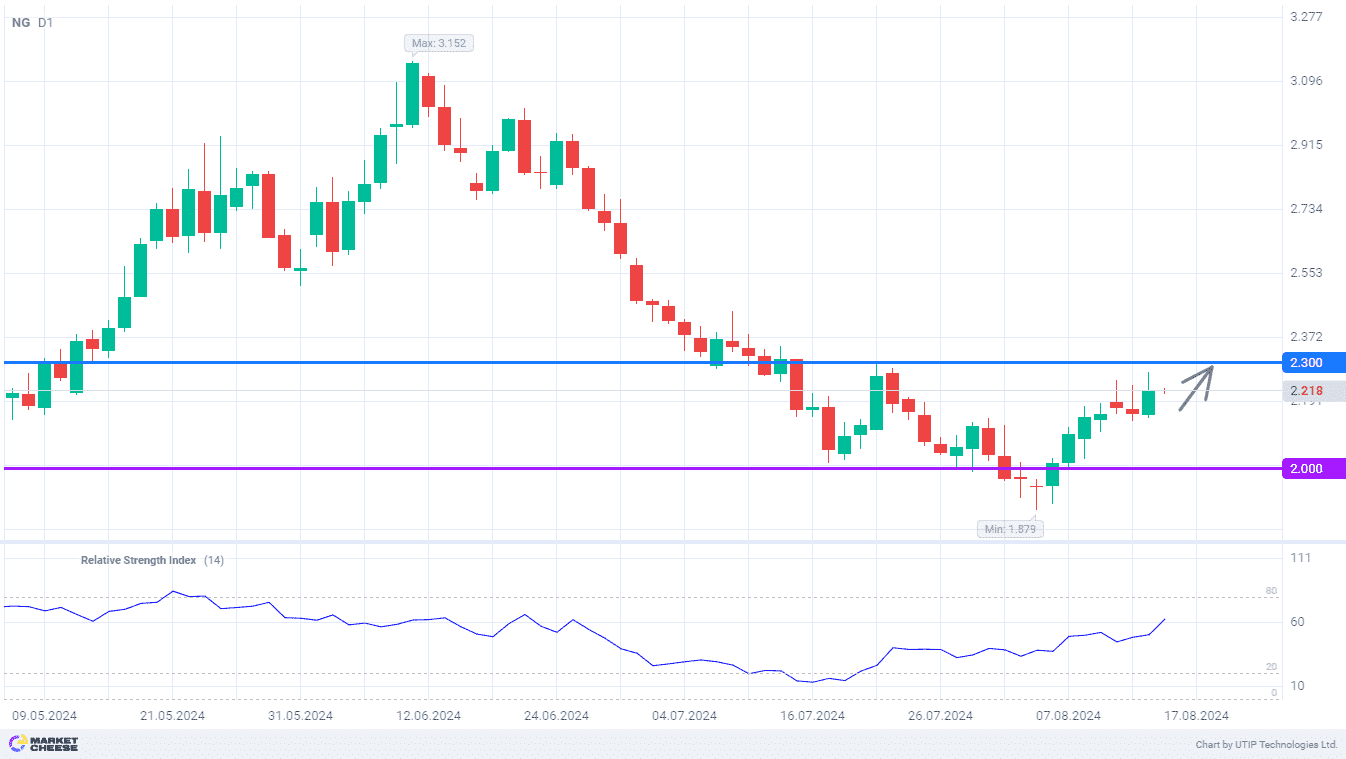Недавно Управление энергетической информации (EIA) опубликовало отчет о запасах природного газа в США. Согласно документу, за последнюю неделю в подземных хранилищах страны было зафиксировано снижение объемов голубого топлива на 30 миллиардов кубических футов. Такого значительного падения показателя не ожидали ни аналитики рынка, ни представители энергетического сектора Штатов, отметили в Investing.com.
При этом предыдущий отчет показал сокращение запасов на 2 миллиарда кубических футов. Следовательно, за неделю объемы природного газа в подземных резервуарах США снизились в 15 раз. Такая существенная разница свидетельствует о значительных изменениях на рынке голубого топлива и указывает на возможный рост спроса или сокращение предложения энергоносителя, полагают эксперты портала.
Тем не менее, как отмечают в Investing.com, американский рынок природного газа подвержен влиянию множества факторов. Поэтому аналитики организации подчеркивают необходимость дальнейшего наблюдения за показателями для определения долгосрочных последствий для рынка голубого топлива и энергетического сектора США в целом.








